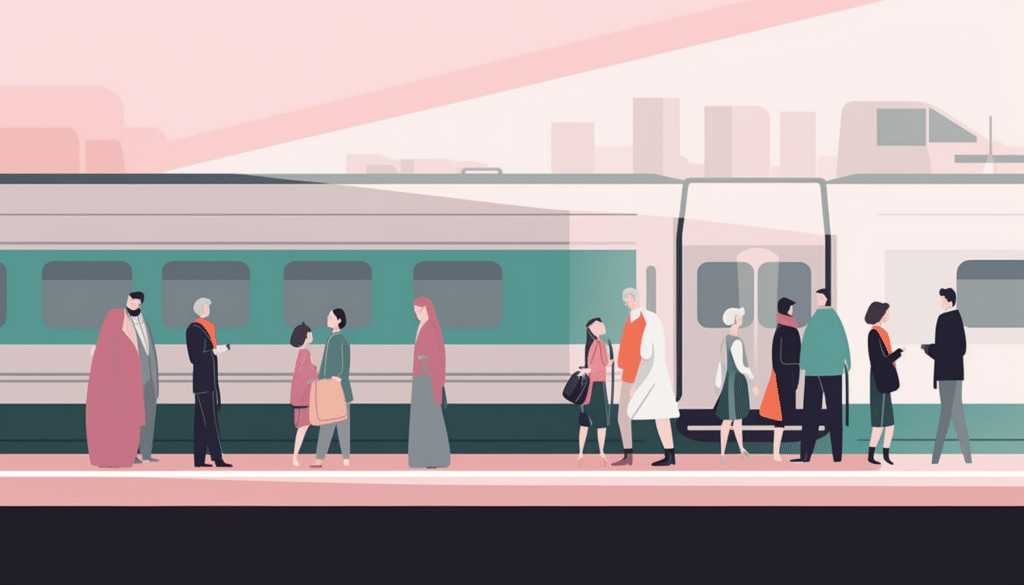What is it like to commute in Germany? Is public transportation readily available or do I need a car?
Public transportation in Germany is excellent. The national rail system (Deutsche Bahn) has frequent, punctual trains which connect all major cities within German, and Europe. It also connects most smaller towns to the major cities. There are regional light rail networks (S-Bahn) connecting urban areas and some suburbs, as well as subways (U-Bahn), street cars (Strassenbahn) and buses within cities and their suburbs.
Commuting with public transportation is very easy in Germany. This is particularly true in the bigger cities or more industrialized areas (such as around Dortmund/Düsseldorf) where the fabled German Autobahns frequently become very slow-moving (or even a parking lot) during typical commute times.
Moreover, public transportation is very reasonably priced, given the price of gas and the availability of reduced-price passes, i.e., a week or a month pass.
That said, Germany still has one of the best road systems in the world and the Autobahns are extremely easy to use and understand. But certain sections during peak hours can get very crowded. An excellent source of information and maps about public transportation within Germany’s bigger cities and industrial areas is www.urbanrail.net/eu/euromet.htm. This site also lists public transportation information for most of Europe’s major cities.
Deutsche Bahn also has an excellent web site with a very useful English language page: www.bahn.de/international/view/en/index.shtml.


























